Arts & Entertainment
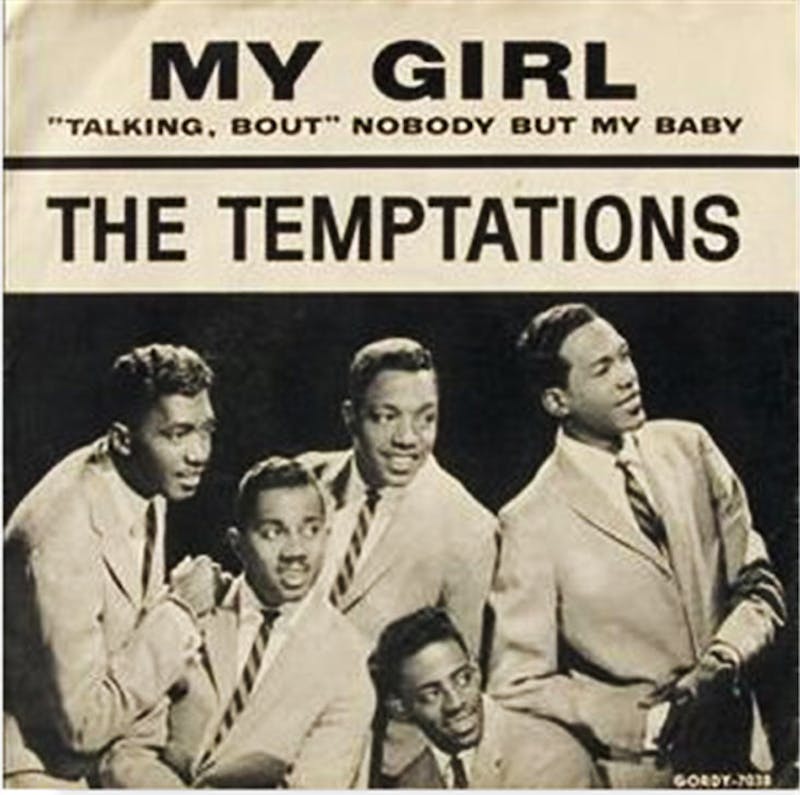
Music
The Real 40th and Walnut Soundtrack
Because who’s even really listening to that soundtrack we detail for you on the next page?
by 34TH STREET
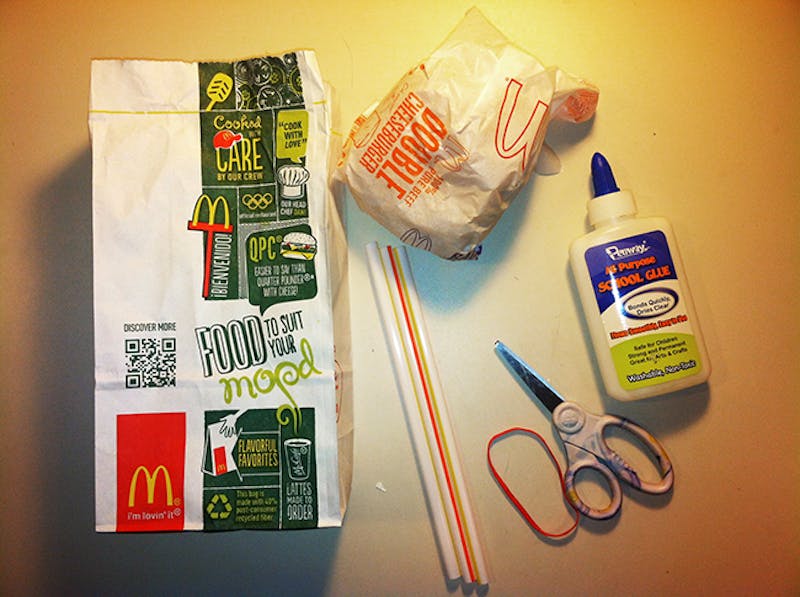
Arts
DIY: McFriendship Bracelets
Bond with your late–night burger pals with these trendy accessories.
by 34TH STREET
Film
Television Showdown: McDonald's vs. Taco Bell
This article was originally published as part of the joke issue on 12.5.2013
McDonald's
The Set-Up:
The 24–inch Westinghouse TV is only visible from about four seats (strategically nailed into the floor), and the subtitles are only visible from about two.
by 34TH STREET
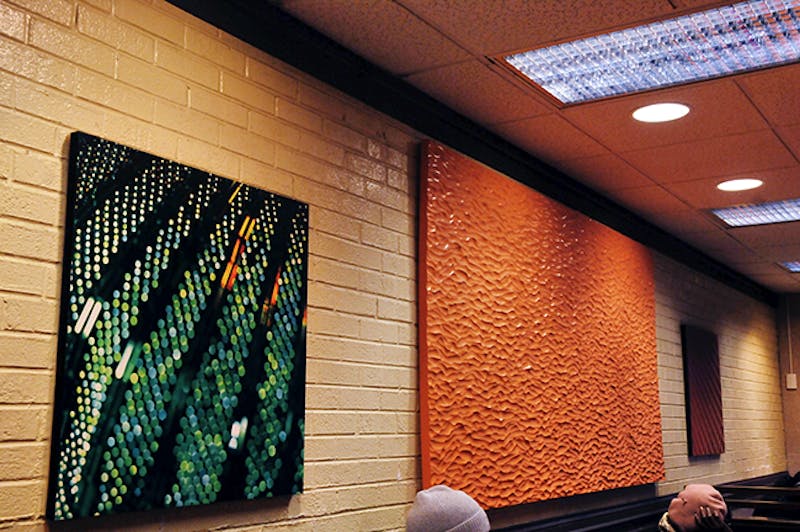
Arts
Contrapposto: Taking a Stance on the McDonald's Wall
This article was originally published as part of the joke issue on 12.5.2013
Like any reputable community eatery, the 40th Street McDonald’s has its share of kindly decorative flourishes: the quaint community gathering place, a terrace; the entertainment, a television; and the art, a series of digital prints lining the brightly tiled walls.
The seven pieces—digital photographs printed on plastic, roughly 16” by 16”—heavily feature the photographic technique of bokeh. You probably remember bokeh from your Windows 2001 default desktop wallpapers: points of light are blurred or intentionally unfocused.
by MADELEINE WATTENBARGER
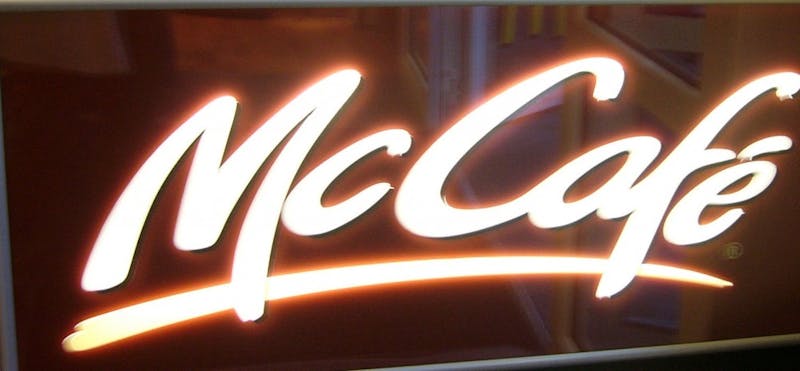
Film
McCafé Review
This article was originally published as part of the joke issue on 12.5.2013
Promising that “sipping a McCafé drink is like taking a mini–vacation from your day,” McDonald’s latest “coffee” ad flaunts a winter wonderland popping out of a white chocolate mocha frappe, complete with a snow–crusted gondola gliding straight out of the cup.
by JUSTIN SHEEN
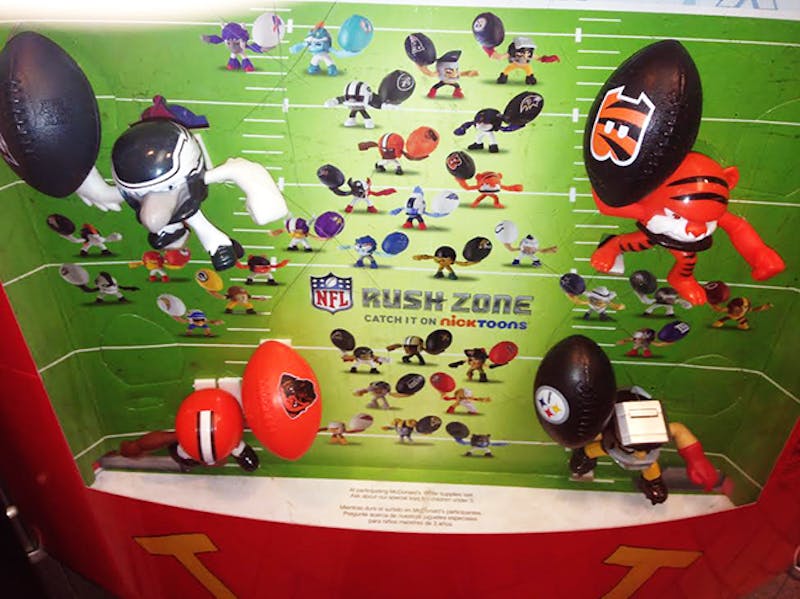
Film
B Roll: A Toy Story
This article was originally published as part of the joke issue on 12.5.2013
There was a time when people didn’t avoid trans fat, when “Super Size Me” wasn’t even an idea in Morgan Spurlock’s head and when my parents would do anything to shut me up.
by KATHERINE HARTMAN
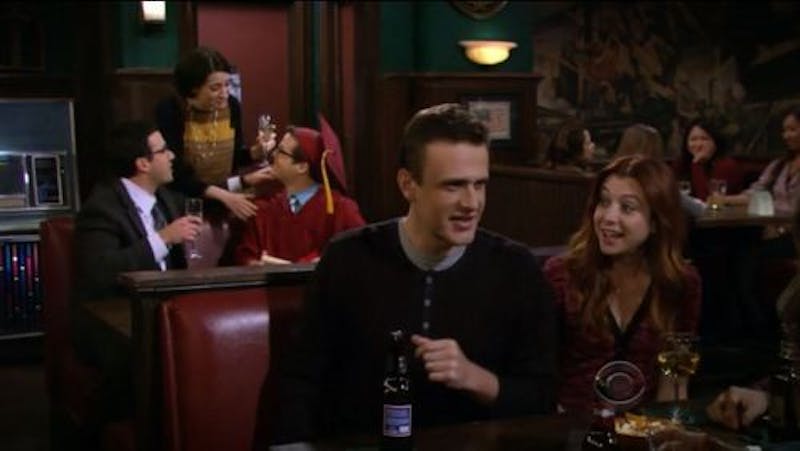
Film
HIMYM Recap: "The Rehearsal Dinner"
Finally, we have an episode in which the characters actually do something wedding–related rather than just casually mentioning it.
by KATHERINE HARTMAN

Film
HIMYM Recap: "Bedtime Stories"
All the rhyming in the episode gave me a hurt in my head.
“Bedtime Stories” was so boring, that I wanted to go to bed.
Marshall and baby Marvin are on a bus to the Farhampton Inn.
Where did they put the rental car?
by KATHERINE HARTMAN
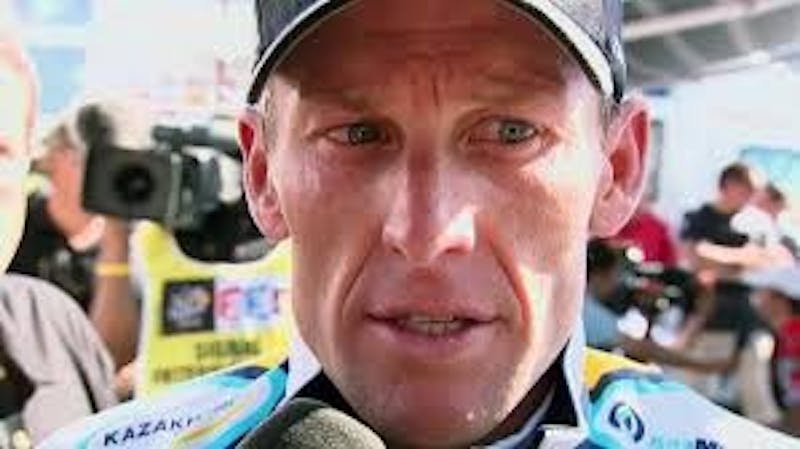
Film
Review: "The Armstrong Lie"
"The Armstrong Lie" is oddly disjointed, somewhat confusing and leaves us cold, only growing our previous collective feeling of betrayal by Lance Armstrong.
by JUSTIN SHEEN

Film
Review: "Frozen"
"Frozen" is Walt Disney’s latest animated movie, loosely based on Christian Andersen’s "The Snow Queen." This spin-off follows two Scandinavian sisters: Elsa and Anna, princesses of Arendelle.
by MARIE NIKOLOVA
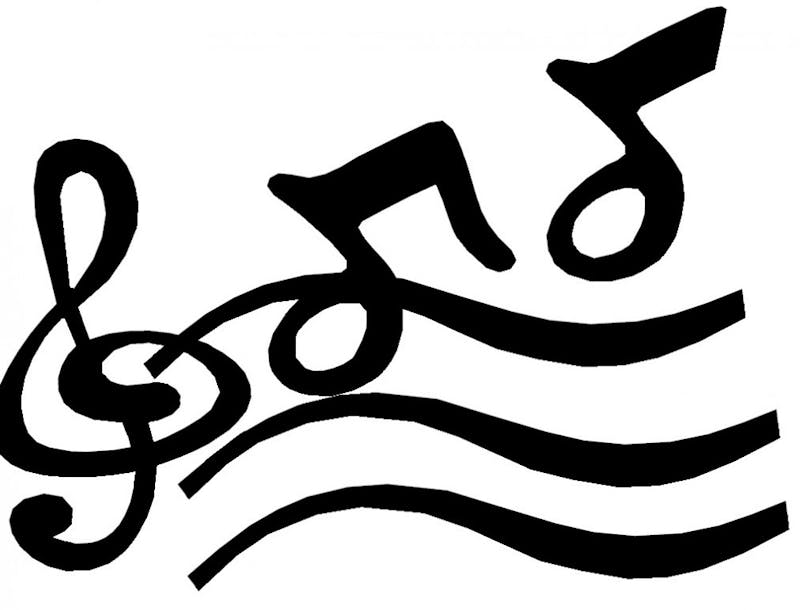
Music
Beats on the Street: 11.23.2013
Name: Josh Rojas
Year: Junior
Listening to: “Fire Woman”—Crush 40
by 34TH STREET
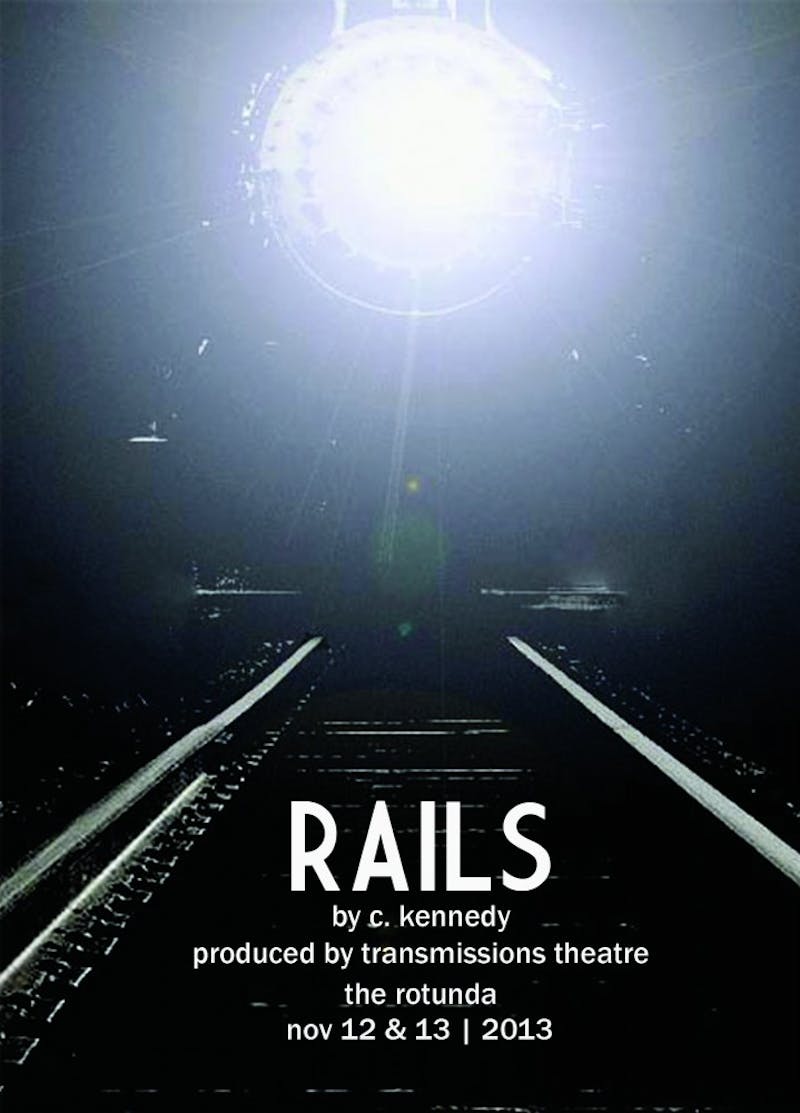
Arts
Review: "Rails" at the Rotunda
What do a conductor’s hat, a broom, and a set of bowling pins all have in common? They make up half of the cast of “Rails,” a puppet pulp melodrama and the latest production of Philadelphia’s very own Transmissions Theatre.
The company kicked off its 14-day tour of this dark comedy last weekend with two performances at the Rotunda.
by CAROLYN GRACE

Film
Double Feature Review: "Ender's Game"
For both the casual moviegoer and the diehard literati, here are two different looks at the divisive new page–to–screen adaptation of everyone’s favorite childhood sci–fi book.
by AYLA FUDALA
Music
Shock Absorber: Ambient Paradise
Today we’re talking about work music. And I’m not talking about the Bruce Springsteen classics you and your dad blast out of yellow DeWalt speakers painting a doghouse in the yard (I don’t know if these moments really exist, but I saw it on a Lowes commercial once). No, by “work”, I mean the luxurious act of studying, for which the ear’s delicate palate prefers muted tones and hushed soundscape.
If you’ve entered the cranially-demanding world of *~the humanities~* then you’re well aware that Jersey Highway ballads are not conducive to the creative process.
I’ve never gotten the appeal of classical music as a work soundtrack, and am suspicious it’s just a go-to for people that don’t know better.
by MICHAEL SCOGNAMIGLIO
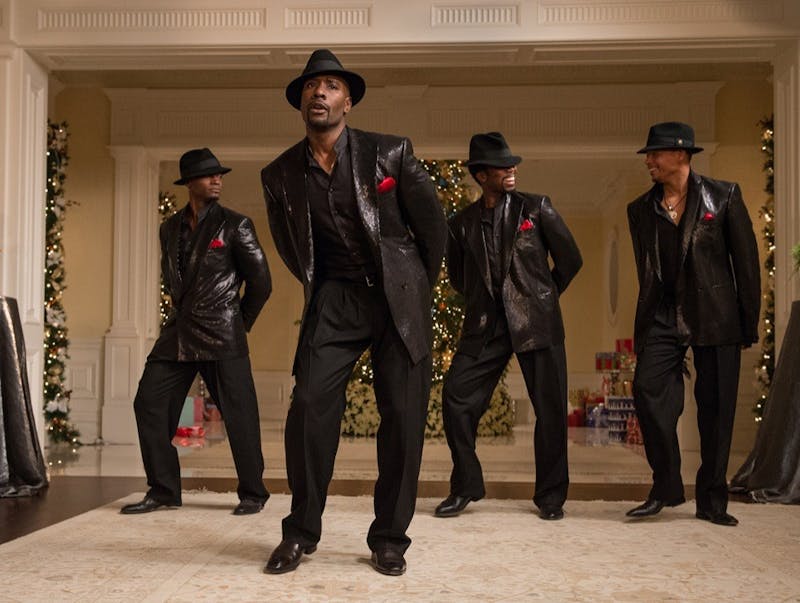
Film
Review: "The Best Man Holiday"
“The Best Man Holiday” tries hard to make its audience laugh and cry, but fails at accomplishing either.
by KATHERINE HARTMAN
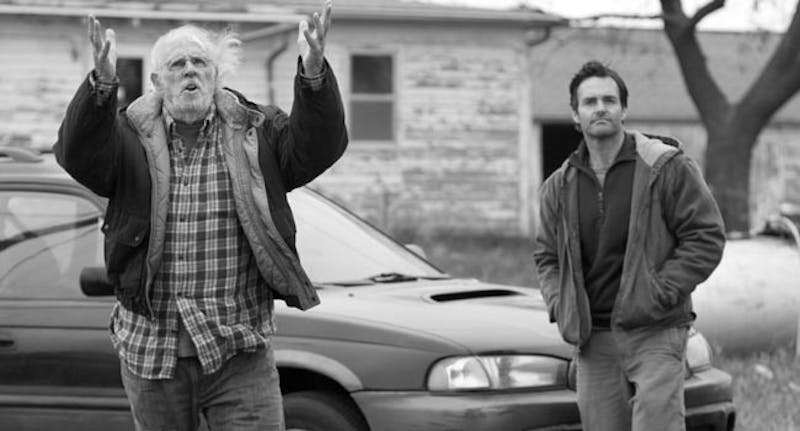
Film
Review: "Nebraska"
"Nebraska" commences with Woody Grant, a senile, drunken old Montana man (fully-embodied by an exceptional Bruce Dern) being stopped by the police on his doomed mission to walk to Nebraska and collect the millions of dollars he supposedly won from a clear scam.
by DAN MAHER
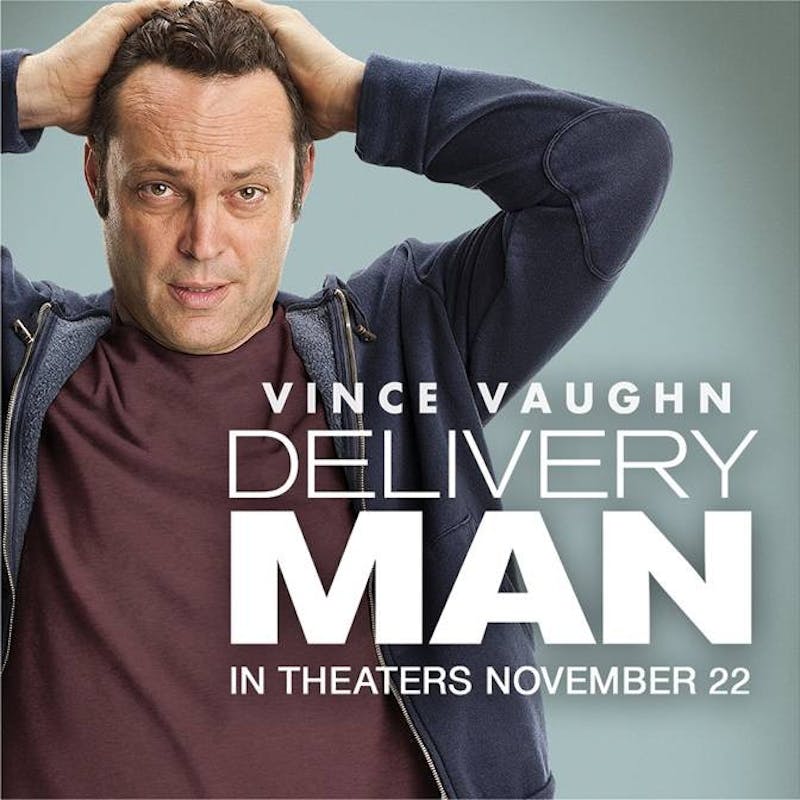
Film
Review: "Delivery Man"
No trailer needed, Vince Vaughn’s name alone is enough to convince people to check out a new movie.
by KATHERINE HARTMAN
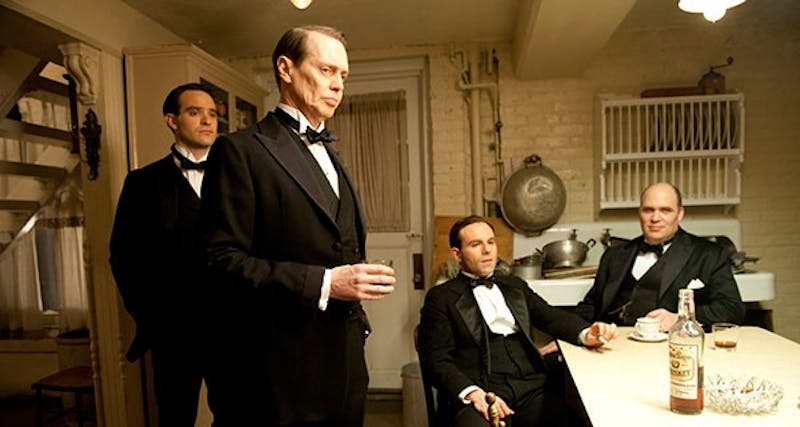
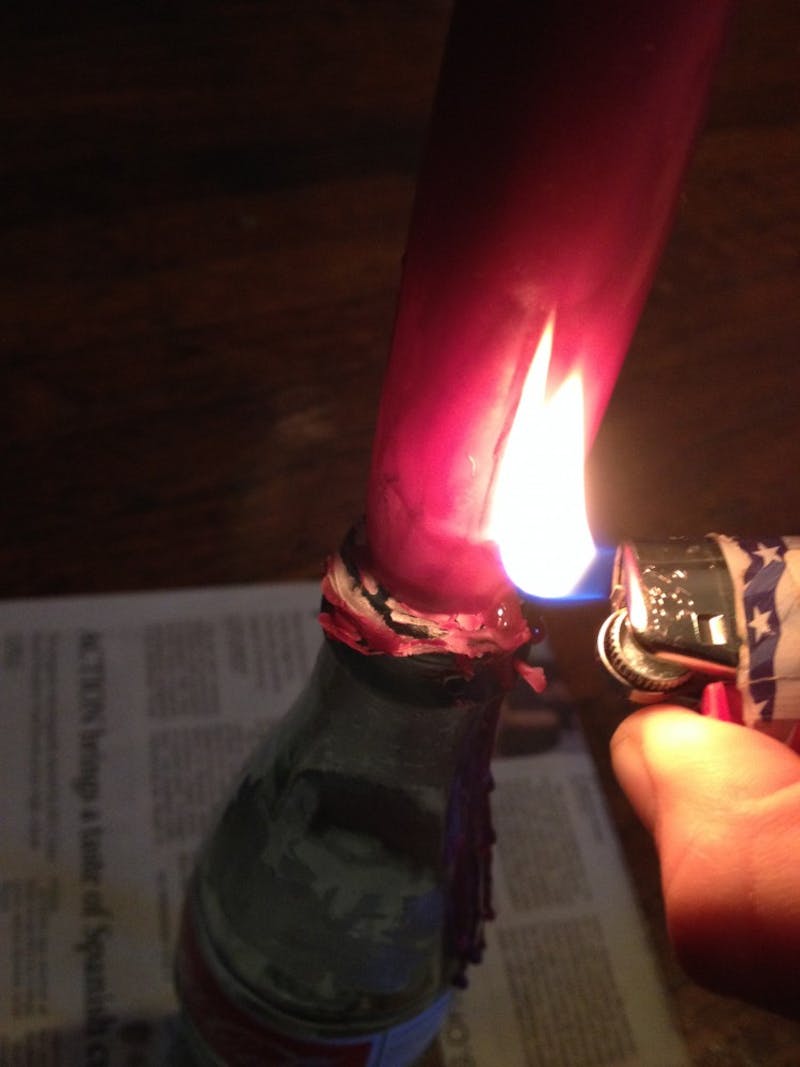
Arts
DIY: Bottle Candle Holders
Reuse old liquor bottles to impress with this easy centerpiece.
by 34TH STREET
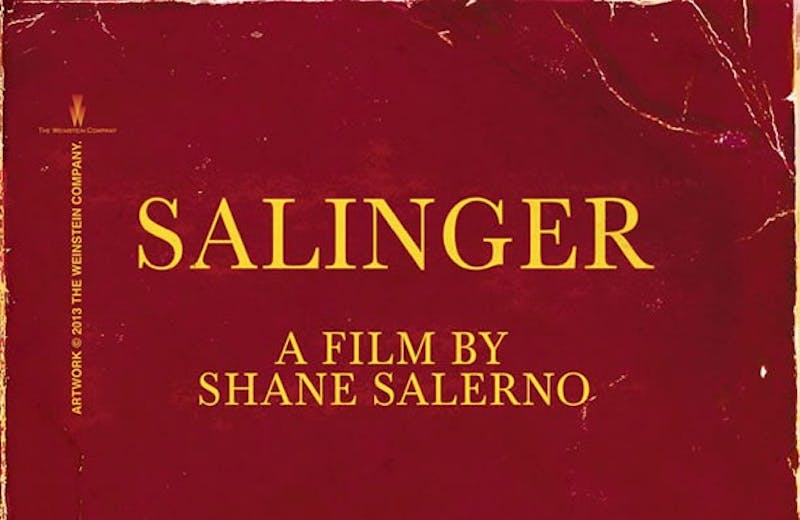
Film
Netflix Pick of the Week: "Salinger"
Upon its release in 1951, “The Catcher in the Rye” became the companion of millions of American teenagers—its narrator, Holden Caulfield, became their voice. J.
by CLARE LOMBARDO
PennConnects
Newsletters
Get 34th Street's newsletter, The Toast, delivered to your inbox every Friday morning.
Newsletters